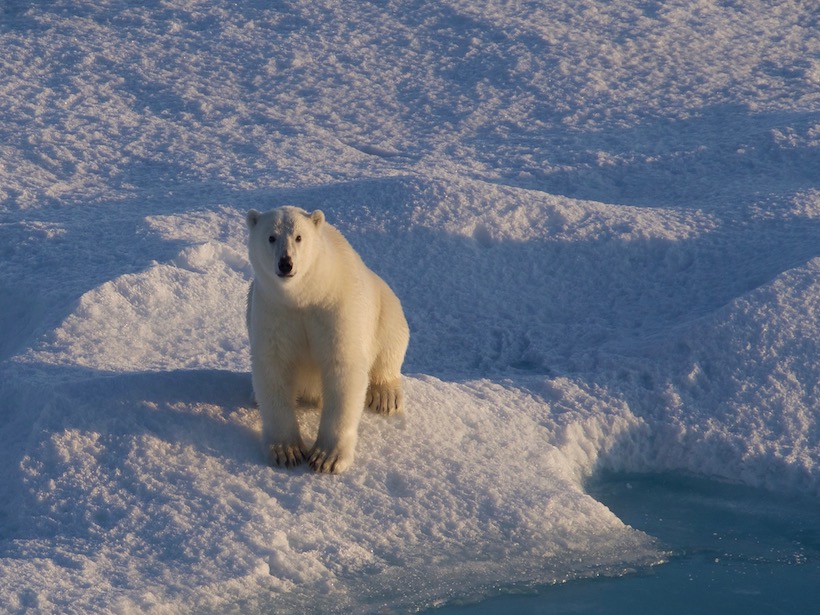An isolated polar bear population in southeastern Greenland survives in fjords, despite spotty sea ice. But this pocket of bears is not a sign of how the species could be saved.
polar bears
Posted inNews
Polar Bears to Vanish from Most of the Arctic This Century
A “timelines of risk” model shows when and where population collapse begins as sea ice wanes in our warming future.


